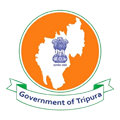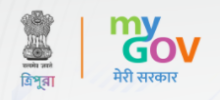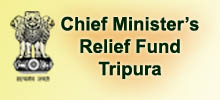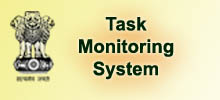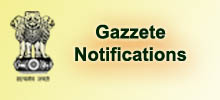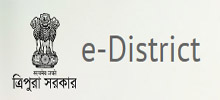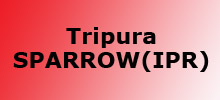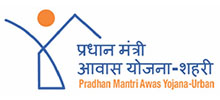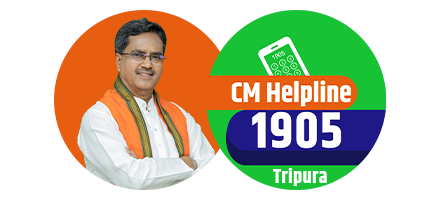Back Ground of State
The erstwhile princely state of Tripura merged with the Indian Union after independence on 1st July,1949. The state is situated in the Northeastern part of India with an area of 10,492 sq. km. and having 856 km long international border with neighbouring country of Bangladesh. Over 60% of the area is classified as forest area and leaving less area about 27% for cultivation. The state has many rain- fed, non-parrenial rivers and streams flowing to the neighbouring Bangladesh. The State has 8- Districts, 23- Sub-divisions, 58- Blocks and 1-Tribal Autonomous District Council. Agartala is the capital city of the State.
The estimated population for 2020 is 40,51,000. As per Census-2011 is 36,73,917, out of which 18,74,376 males and 17,99,541 females. The state ranks 18th position in terms of density of population having 350 persons per sq. km., although, it is the third smallest State in terms of area in the country after Goa and Sikkim. Tripura comes second next to Assam in-respect of population and population density among the North Eastern States of India. The literacy rate of the State is about 87.22% in 2011.
On the other hand, for socio-economic development, preservation of language and culture of Tripura Tribal Areas, Autonomous District Council (ADC) was constituted in 1982 under the 7th Schedule of the Constitution and later on in 1985 it was brought under the 6th Schedule. The ADC in Tripura encompasses 68.10% of the state's total geographical territory and is home to roughly one third of the state's population. Once Tripura was a single-district state. Now keeping the administrative convenience in view, decentralization has been taken urther ahead by forming eight districts, 23 subdivisions, 58 rural development blocks, 589 Gram Panchayats, 08 Jilla Parishads, 1 Municipal Corporation,13 Municipal Councils and 6 Nagar Panchayats, 587 Village Committee (inside ADC) and 48 Revenue Circle.
- Back to previous page
- |
-
Page last updated date : 02-05-2025 01:45 PM

